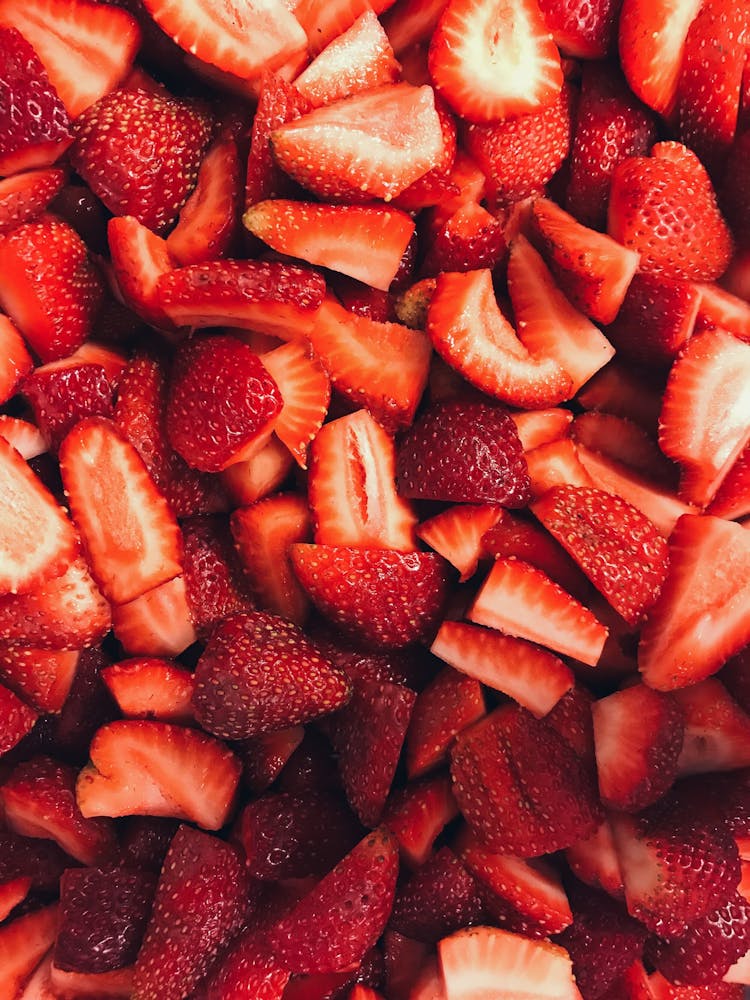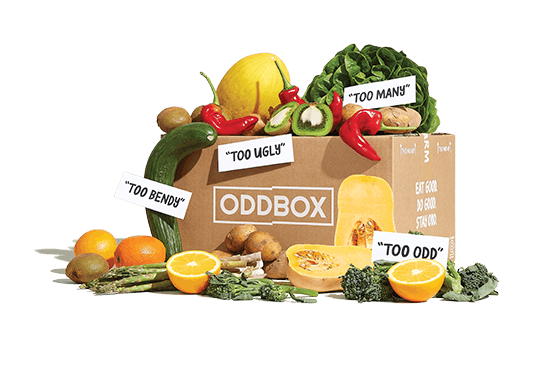The beginner's guide to making jam
Making your own jam is a wonderful way to preserve the season’s fruit and reduce your kitchen waste – apricots and berries, rhubarb and garden apples are ripe for the picking right now. Our jam-making guide will help you navigate all your need-to-know jam-making basics. Scroll down for a raspberry jam recipe.

THE FRUIT: WHICH SHOULD I USE?
You can use almost any fruit but there are some factors to consider. Pectin occurs naturally in many fruits, usually in the pips, cores and peel, and it helps to set and thicken your jam. Some fruits are higher in pectin than others. Medium to high-pectin fruits include blackcurrants, plums, gooseberries, cooking apples, redcurrants and lemons as well as raspberries and apricots.
Fruits that are low in pectin include blackberries, strawberries, rhubarb, peaches, cherries and dessert apples. Jam made with fruits lower in pectin will be looser and softer, and that’s fine. If using low-pectin fruits and you want more of a ‘set’ jam, you could balance this out by adding in fruits that are higher in pectin; combine blackberry and blackcurrant for example.
TIPS:
- Alternatively, you could use ‘high-pectin’ sugar (also known as jam sugar). The addition of lemon juice also helps to activate the pectin and set your jam.
- Slightly unripe fruit contains more pectin and is more acidic than very ripe fruit and will also help to set your jam more easily.
THE SUGAR: HOW MUCH SUGAR IS NECESSARY?
Don’t skimp on the sugar as this is what helps to preserve your jam and will also help it to set. Traditional recipes call for equal weights of sugar and fruit but you can play with this. At least 60% to 70% sugar to fruit will work well; so 600g to 700g of sugar to a kilo of fruit. As mentioned above, you could use ‘jam sugar’ but that’s not entirely necessary, especially if you prefer a looser jam. You can use caster or ordinary granulated sugar.
TIPS:
- For a chunkier jam pre-soak your fruit in sugar
You don’t have to do this but this will help to keep your fruits intact during cooking and stops them from breaking down completely. Prep your fruit and place in your saucepan in layers, sprinkling with the sugar between each layer. Set aside for a few hours or overnight. Delia’s recipe for apricot jam works wonderfully.
WHAT EQUIPMENT DO I NEED?
- A medium, wide saucepan. This is important as the wide surface area helps to create a thicker, more concentrated jam
- A wooden or metal spoon, for stirring
- Jam jars, to store your jam
- 3 small plates, to check it’s set
- A ladle

